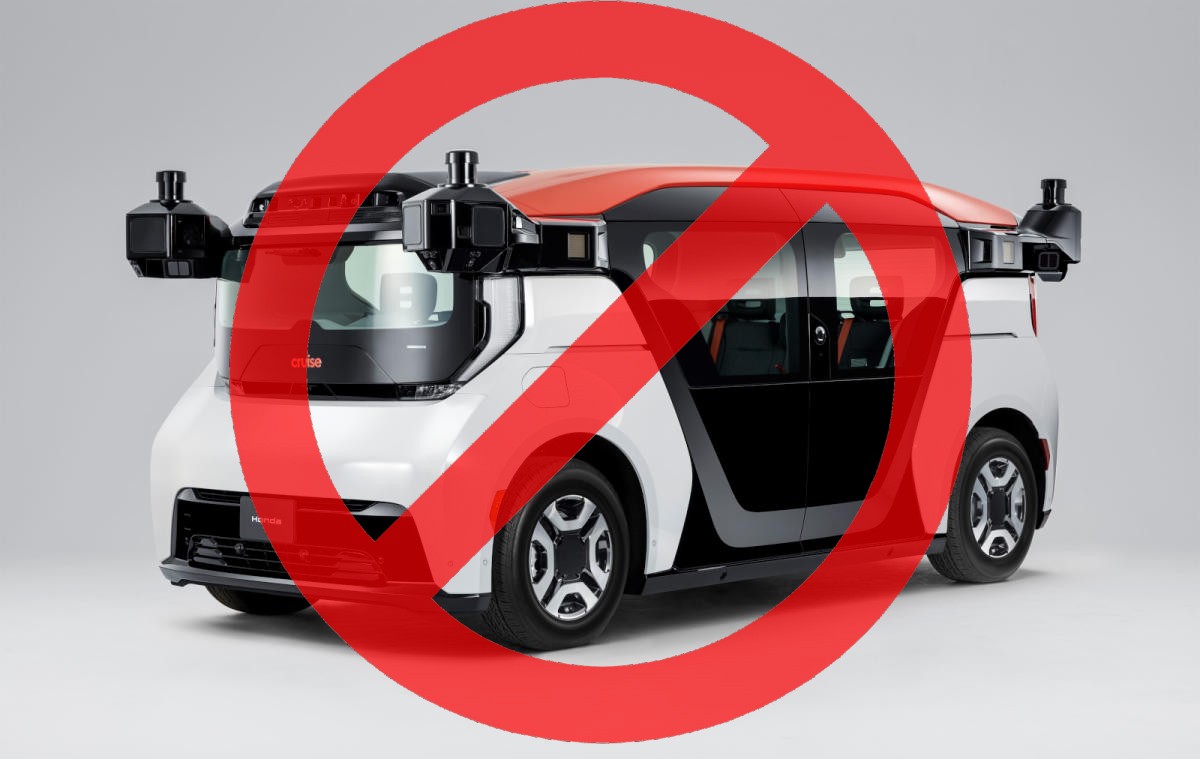New Chevy Bolt to Become GM's Next Robotaxi

The Future of Autonomous Taxis: A Shift in Strategy
The idea of using the Cruise Origin as a driverless taxi has been put on hold. This unique, futuristic autonomous pod, which had no steering wheel or pedals, was once seen as General Motors’ (GM) answer to the future of ride-sharing. However, recent developments have led the automaker to rethink its approach.
For years, GM had plans to produce the Cruise Origin at Factory Zero, a specialized plant in Detroit-Hamtramck that also builds other electric vehicles like the GMC Hummer EV. The Origin was developed in collaboration with GM, Cruise, and Honda. It was a boxy, six-passenger van designed for ride-sharing, featuring large sliding doors that open from the center, similar to a tram, and a low load floor for easy access.
But the project faced significant challenges. In October 2023, one of Cruise’s test vehicles dragged a pedestrian in San Francisco, leading to California suspending its self-driving license. This incident forced Cruise to pause testing and later announced the halt of production of the Origin after building a small fleet of pre-production vehicles. The decision resulted in a $600 million financial loss and triggered an investigation into Cruise’s operations, with several executives losing their jobs.
Despite these setbacks, modified versions of the Chevrolet Bolt are now being tested on the road in cities like Houston, Phoenix, and Dallas, with supervised driving. A new CEO has taken over, and while the future of the Origin remains uncertain, the focus is shifting toward other models.
Why the Chevrolet Bolt Might Be the Better Choice
During a call with investors discussing GM’s second-quarter earnings, GM chairman and CEO Mary Barra highlighted that using the next-generation Bolt EV makes more sense than launching with the unique Origin. She explained that the Bolt offers a more straightforward path to scaling production, which can help reduce costs. Additionally, it may be easier to meet regulatory standards compared to the Origin, which lacks manual control hardware for a driver to take over.
Regulatory approval for the Origin has proven to be a major hurdle, limiting Cruise’s rollout. By choosing the Bolt, GM is reducing this risk. The conventional design of the Bolt may also appeal more to riders, making it a more practical choice for widespread adoption.
The original Bolt EV, which was discontinued last year, had already been fitted with driverless technology and used as a test vehicle for Cruise. It accumulated 5 million miles of testing. The next version of the Bolt is expected to be more efficient and advanced, increasing its chances of receiving regulatory approvals.
New Safety Goals for Autonomous Vehicles
Barra emphasized that GM and Cruise remain committed to autonomous vehicles. The team continues to develop an AI platform aimed at making its robotaxis safer than a model driver, not just better than the average human. This requires even more advanced technology to ensure safety and reliability.
In February 2022, Cruise sought permission from U.S. regulators to deploy a fleet of up to 2,500 self-driving vehicles annually. These vehicles would be entirely computer-driven, without steering wheels, gas or brake pedals, mirrors, turn signals, or windshield wipers. GM envisions this fleet as a key source of future revenue.
Barra is confident that Cruise is on the right path. The division is also open to partnerships and investments, and there is growing interest from outside investors. As the company refines its strategy, the focus remains on creating a safe, scalable, and reliable autonomous transportation system.